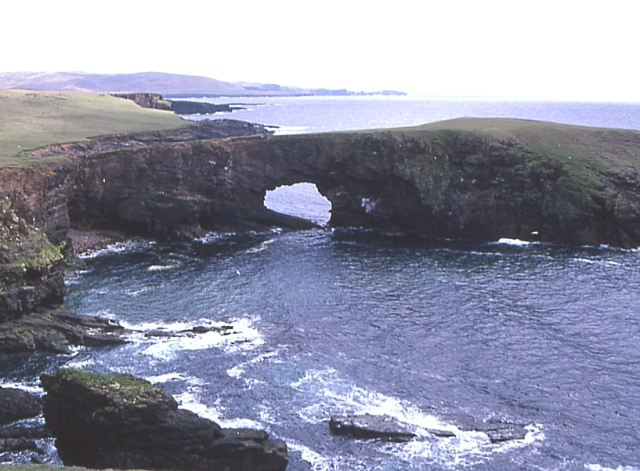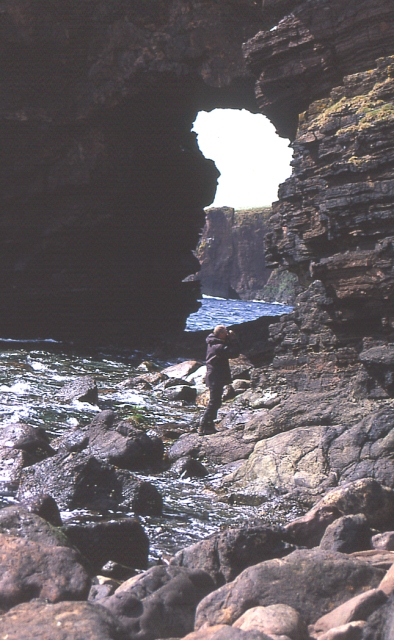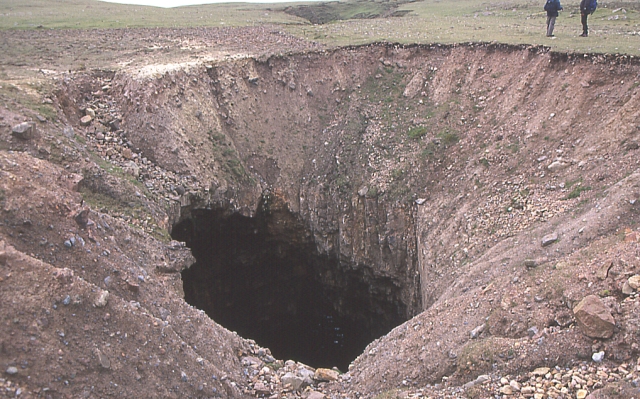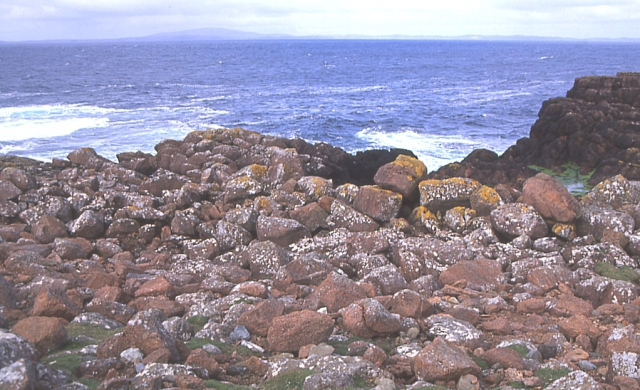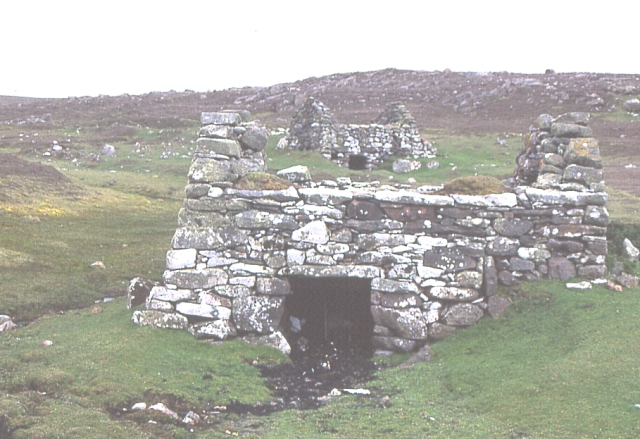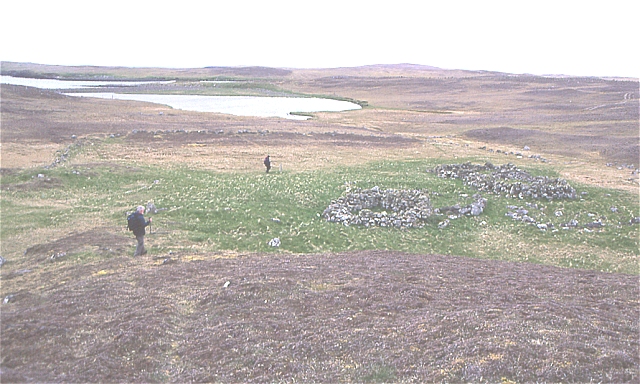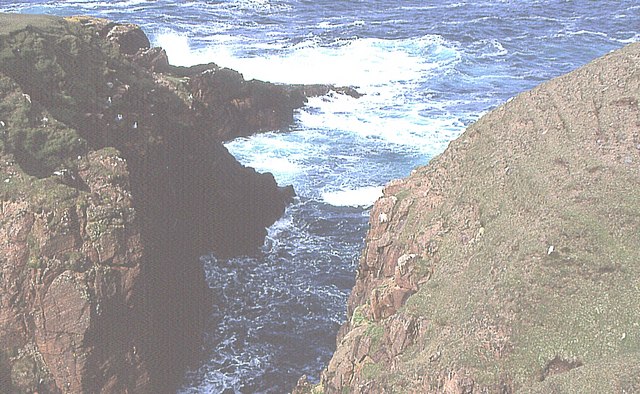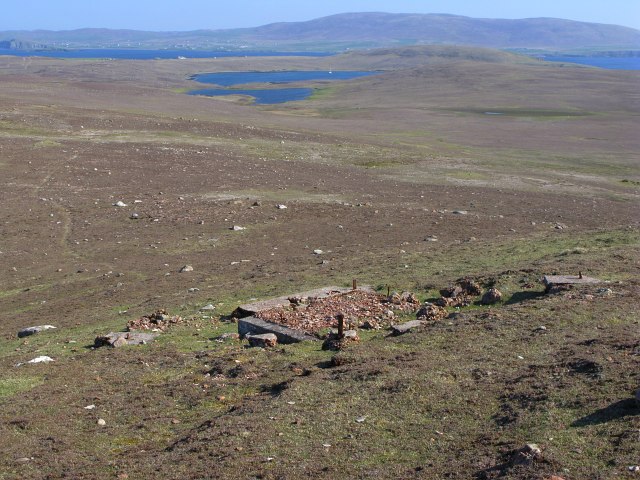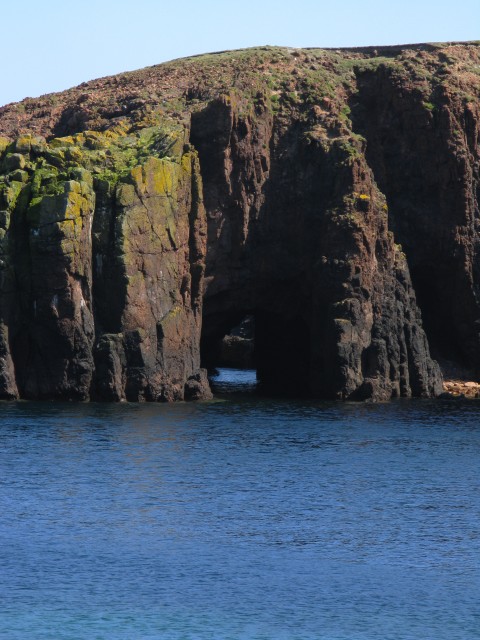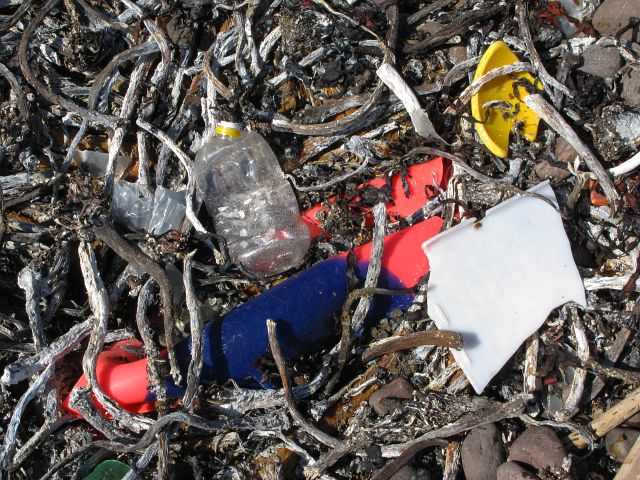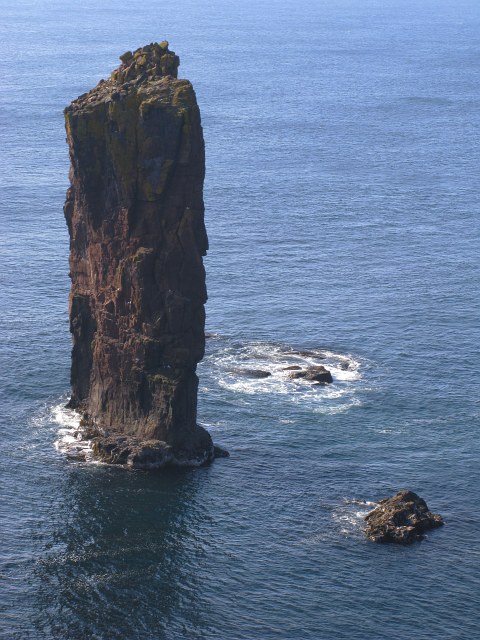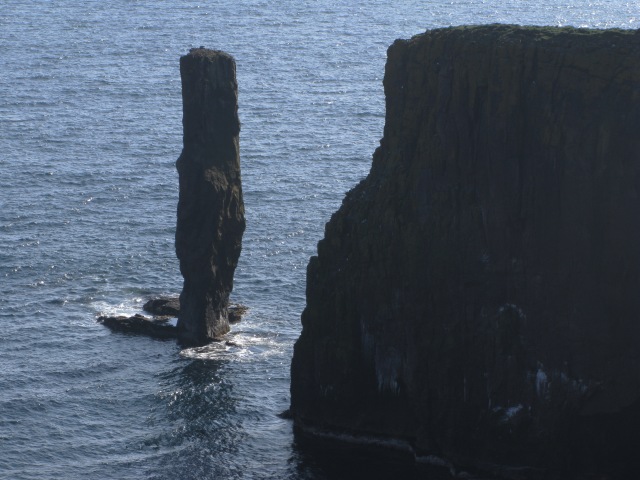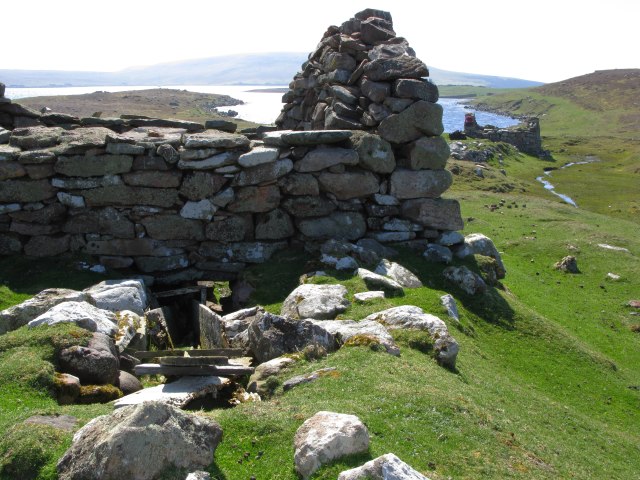Aesha Head
Coastal Feature, Headland, Point in Shetland
Scotland
Aesha Head
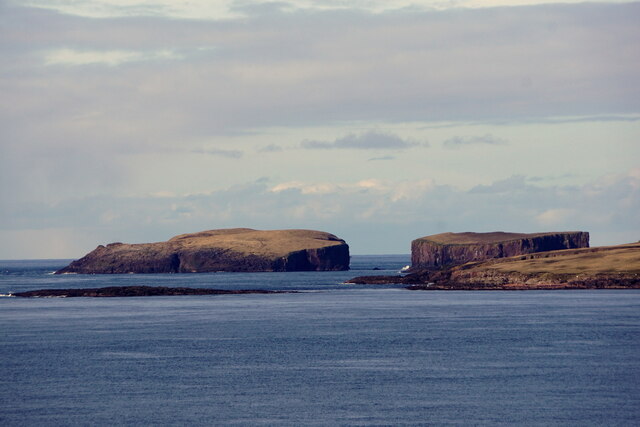
Aesha Head is a prominent coastal feature located in the Shetland Islands, situated off the northeastern coast of Scotland. This headland, also referred to as Aisha Head, is a distinctive point that juts out into the North Sea. It is positioned on the eastern side of the mainland Shetland, specifically in the area known as Unst, which is the northernmost inhabited island of the archipelago.
Aesha Head is recognized for its striking cliffs that tower above the surrounding sea, reaching heights of approximately 60 meters (197 feet). These cliffs are composed of rugged rock formations, showcasing layers of sedimentary deposits that have been shaped over centuries by the relentless waves and weathering processes. The headland offers breathtaking views of the open sea, with its dramatic coastline attracting visitors and nature enthusiasts from around the world.
The area surrounding Aesha Head is rich in biodiversity, hosting a variety of seabird colonies. Species such as puffins, guillemots, razorbills, and fulmars can be observed nesting and diving along the cliffs during the breeding season. The headland is also known for its diverse marine life, including seals and various fish species that inhabit the surrounding waters.
Aesha Head is frequented by hikers and nature lovers who are drawn to its natural beauty and the opportunity to explore the rugged coastline. It provides an ideal location for coastal walks, offering a chance to immerse oneself in the stunning landscape, observe wildlife, and marvel at the power of the North Sea.
If you have any feedback on the listing, please let us know in the comments section below.
Aesha Head Images
Images are sourced within 2km of 60.332986/-1.7354714 or Grid Reference HU1461. Thanks to Geograph Open Source API. All images are credited.
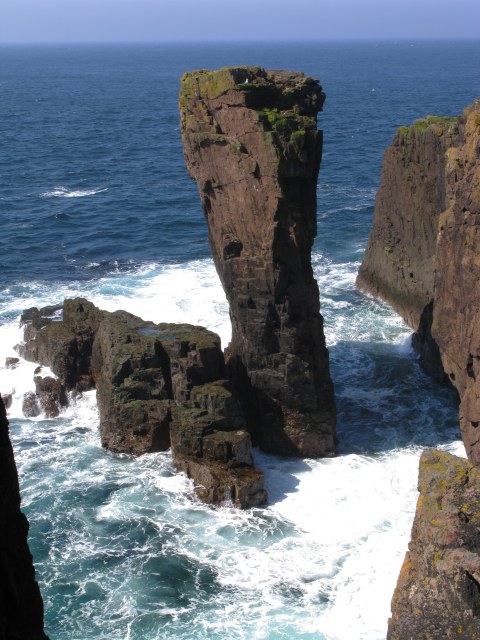
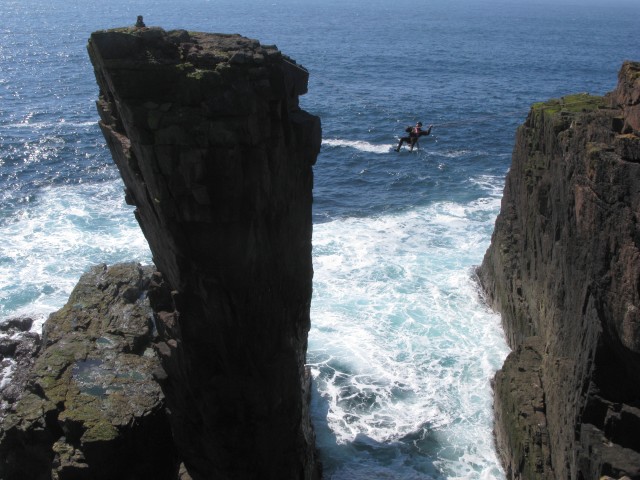
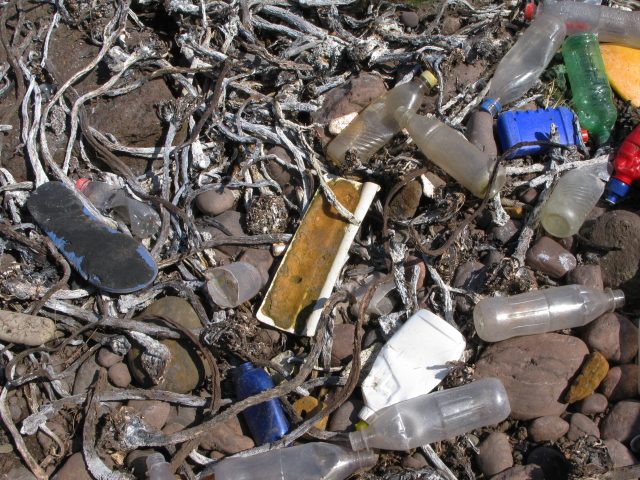
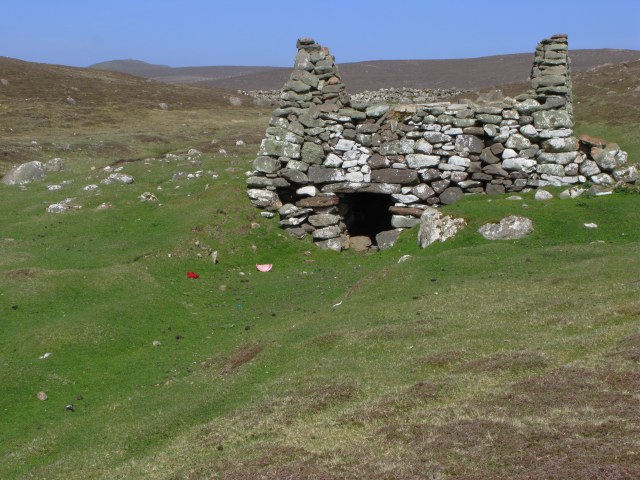
Aesha Head is located at Grid Ref: HU1461 (Lat: 60.332986, Lng: -1.7354714)
Unitary Authority: Shetland Islands
Police Authority: Highlands and Islands
What 3 Words
///sailed.poodle.regret. Near Walls, Shetland Islands
Nearby Locations
Related Wikis
Papa Stour
Papa Stour (Scots: Papa Stour) is one of the Shetland Islands in Scotland, with a population of under fifteen people, some of whom immigrated after an...
Papa Stour Airstrip
Papa Stour Airstrip is a small airstrip in the village of Biggings on the island of Papa Stour. Shetland, Scotland. == History == Papa Stour Airstrip opened...
Biggings
Biggings is a village on the island of Papa Stour, in Shetland, Scotland. Papa Stour's church is situated at the south of Biggings. A homestead of Duke...
Forewick Holm
Forewick Holm is a 1-hectare (2.5-acre) island in the Sound of Papa in the Shetland islands, Scotland. Located between Papa Stour and the Sandness peninsula...
Brei Holm
Brei Holm is a tiny tidal islet in the western Shetland Islands. It is due east of Papa Stour, to which it is connected at low tide, just outside Housa...
Maiden Stack
The Maiden Stack or Frau Stack is a tiny stack in the western Shetland Islands to the north of Brei Holm and east of Housa Voe in Papa Stour. It is so...
Sandness
Sandness (the "d" is not pronounced locally) is a headland and district in the west of Shetland Mainland, Scotland. Sandness was a civil parish, which...
Ve Skerries
The Ve Skerries or Vee Skerries (Old Norse: Vestan sker, West Skerries) are a group of low skerries (rocky islands) three miles (4.8 km) north west of...
Have you been to Aesha Head?
Leave your review of Aesha Head below (or comments, questions and feedback).
